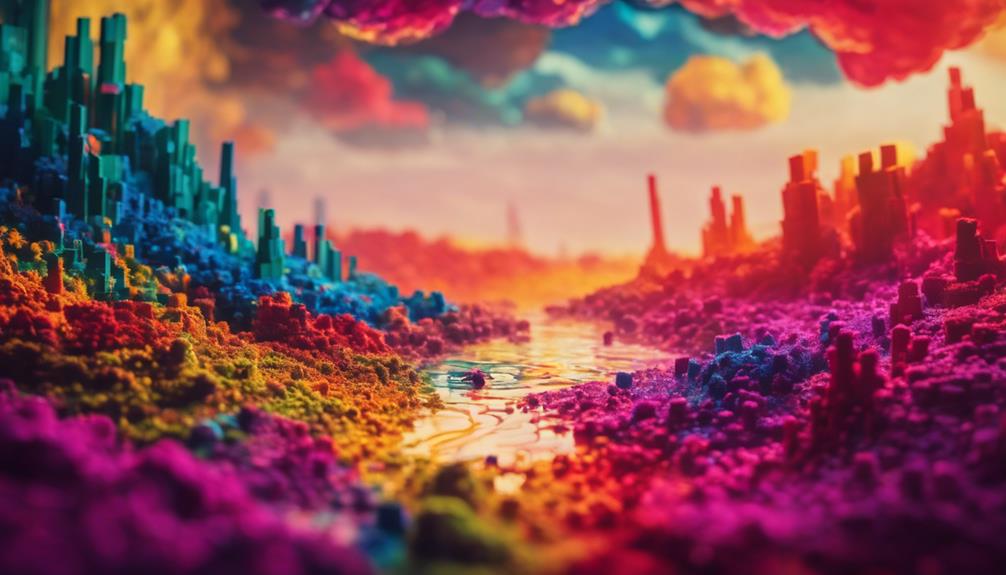AI Art with Creative Commons: Benefits
In today’s world, where technology and creativity merge, opting for AI-generated art under Creative Commons is smart. This choice opens access to new art forms and protects artists’ rights, promoting a culture of sharing and responsible use. It’s a step towards blending tech progress with artistic values, making us think about how these elements can coexist in the future of art and copyrights.
Choosing this path affects the art and copyright scene in the digital era. It makes innovative art more accessible and encourages a respectful exchange of ideas. This is crucial in a time when the internet can blur the lines of ownership and originality.
Key Takeaways
In today’s fusion of technology and creativity, choosing AI-generated art under Creative Commons is wise. This decision boosts access to innovative art, safeguards creators’ rights, and nurtures a shared and ethical use culture. It paves the way for harmonizing technological advancements with artistic integrity, prompting reflection on their future coexistence in the art and copyright.
- Boosts art access, making creativity widely available.
- Encourages ethical idea exchange, which is vital in the digital era.
- Promotes shared culture, supporting creator rights.
Empowering Creative Freedom
Using Creative Commons licenses for art made with the help of AI is a big win for creative freedom. It sets up legal rules that make it easier for people to share, work together, and change artistic works. This kind of open licensing, especially with the Creative Commons Attribution, builds a space where creations made with AI can be freely used and changed. This respects the original creator’s work. It makes the art world more democratic, letting more people join and use these creations.
This approach is key in a world where art and technology blend. It lets creators keep their rights while allowing others to add their twist to the work. This is especially important for ensuring that the flow of creative ideas continues. It encourages a culture of sharing and growth, which benefits everyone in the creative community.
Cost-Effective Art Solutions
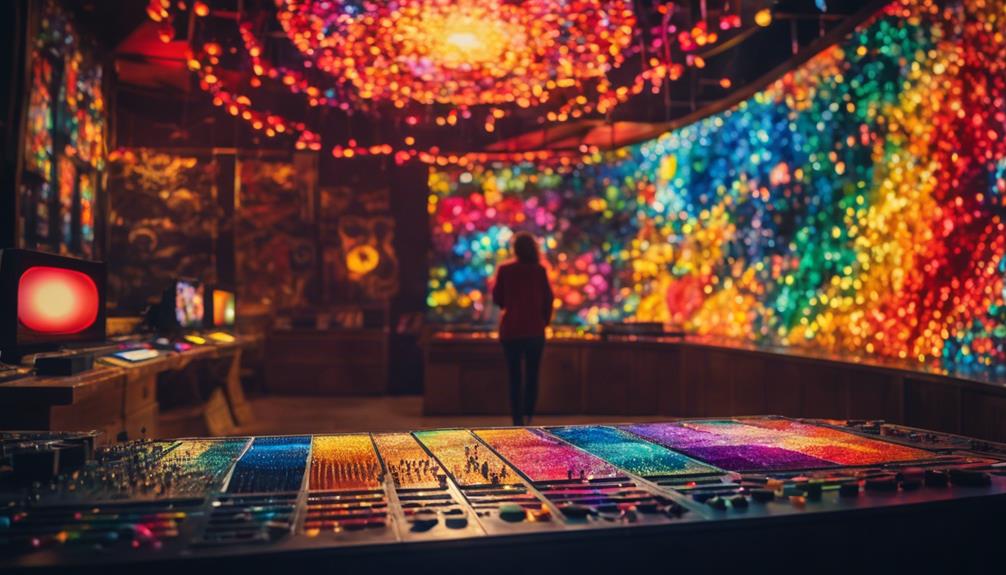
AI-generated art with Creative Commons licensing is a game-changer, making it easier and more affordable for all artists to access top-tier creative tools. This approach breaks down financial barriers, allowing creators from all walks of life to produce high-quality art without the hefty price tag. It’s a more inclusive way to engage with cutting-edge technology.
Creative Commons-licensed AI art encourages a culture of creativity and experimentation. Artists can try new ideas without worrying about costs, which is crucial for Innovation in art. This openness to experimentation pushes the boundaries of what’s possible, making the art world more prosperous and diverse.
Enhancing Accessibility
Creative Commons licenses are transforming how we access and share AI-generated art, making it more available and inclusive globally. These licenses remove the usual copyright restrictions, creating a space for more people to share their artistic work freely. This openness encourages a wide variety of art, reflecting various perspectives and experiences.
Using Creative Commons, everyone, from school students to hobbyists, can freely explore and use art for learning and personal projects. This is especially beneficial for educational purposes and community projects where budget constraints can limit access to quality materials. It allows for the free flow of ideas and knowledge, which fosters creativity and Innovation.
Moreover, Creative Commons helps artists reach audiences worldwide, creating a community that works together to share and build on each other’s creations. This not only makes art more accessible but also promotes a culture of collaboration and mutual support. Creative Commons is critical to a more open and diverse artistic world, allowing more people to express themselves and engage with art meaningfully.
Simplifying the Creative Process
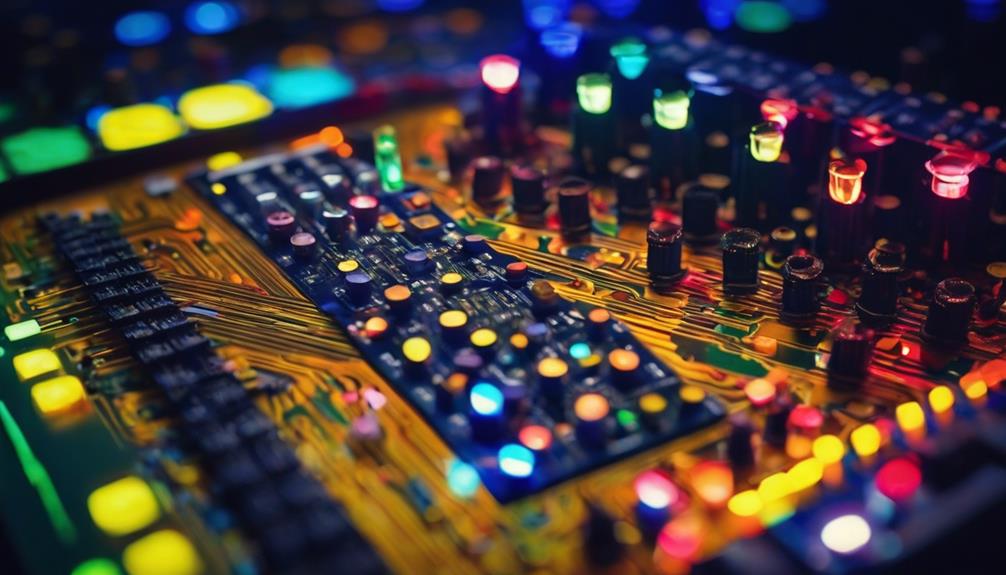
Using AI-generated art with Creative Commons licenses makes it much easier for artists to develop new ideas. It allows them to move through the planning stage quickly. This method makes it faster and less costly to create new content and lets artists try out new ideas more freely. As a result, using AI-created art helps artists focus better and be more innovative, improving their work rate and willingness to experiment.
In today’s world, where things constantly change, this ability to quickly produce and iterate on creative concepts is invaluable. It means artists can stay relevant and keep their work fresh. The use of Creative Commons-licensed AI art is a game-changer in this respect. It provides a wealth of resources artists can use without worrying about copyright issues. This freedom significantly reduces the time spent searching for or creating new art from scratch.
Integrating AI art into the creative process is a smart move for any artist looking to enhance their productivity and expand their creative horizons. It’s a practical step towards making art more accessible and pushing the boundaries of what’s possible in art creation today.
Streamlining Idea Development
Using Creative Commons-licensed AI-generated art to streamline the development of ideas is a game-changer for the creative community. It simplifies the artistic process, making it easier for people to share and build on each other’s work. Here’s why it matters:
Sharing AI-created art with Creative Commons licenses promotes an open culture. This openness is crucial because it encourages more people to participate and share their work without worrying about complex copyright issues. It’s about making creativity accessible to everyone.
Collaboration is at the heart of this approach. It sets the stage for people from different fields to come together and innovate. When artists, technologists, and creators from other disciplines pool their talents, the potential for groundbreaking work increases.
Making AI art freely available under Creative Commons licenses is a big win for public access. It means more people can enjoy and use this art, whether for educational purposes, commercial projects, or inspiration. This accessibility is vital for fostering a more inclusive creative landscape.
Ethical use is also a cornerstone of this model. Even though the art is freely shared, Creative Commons licenses protect creators by ensuring their work is used in ways they are comfortable with. It’s about respecting creators’ rights while allowing their work to inspire and facilitate new creations.
In essence, leveraging Creative Commons-licensed AI art is about breaking down barriers in the creative process. It invites more people to contribute, collaborate, and innovate, making the creative landscape richer and more diverse. This approach doesn’t just simplify the process; it amplifies the potential for new and exciting works to emerge.
Enhancing Project Efficiency
Using Creative Commons-licensed AI-generated art can make creative projects much more efficient. It opens up a world of ready-to-use art, making it easier for creators to find the perfect piece for their projects. This method reduces the need to start from scratch, saving time and effort.
Creative Commons licenses provide clear rules for using art, which means less worry about copyright issues. This clarity is crucial for using art without legal hassles. It gives creators a straightforward path to follow, ensuring they can use diverse artworks quickly and safely.
Access to diverse, unique, high-quality AI art sparks creativity and Innovation. This access is vital for creating standout projects. It encourages creators to experiment with different styles and ideas, creating more creative and unique outcomes.
In short, adopting AI-generated art with Creative Commons licenses is not just about accessing art quickly. It’s about making creative work more efficient, legally straightforward, and creatively enriching. This approach supports creation of innovative and distinctive projects without the usual barriers.
Diverse Artistic Expressions
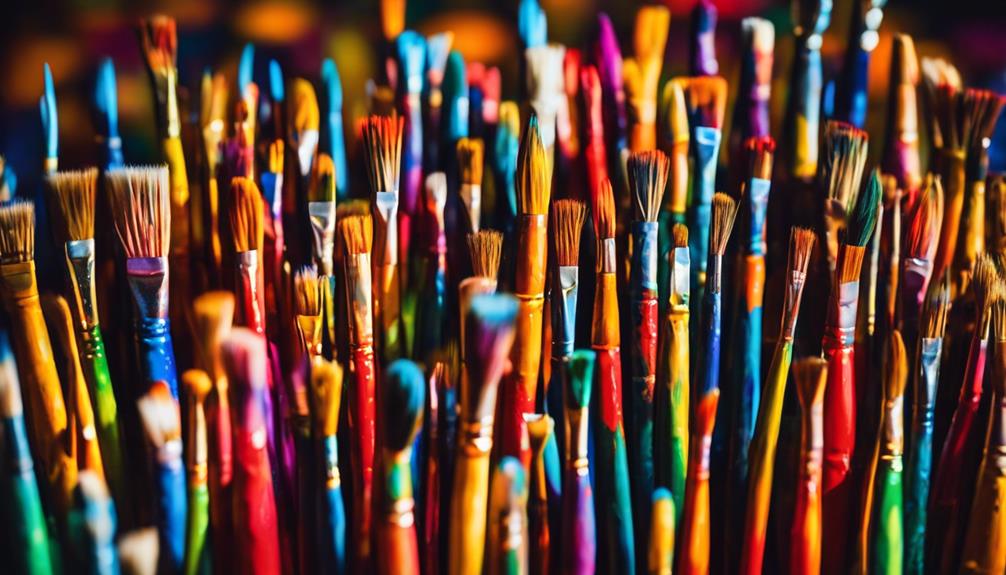
The collaboration between artificial intelligence and Creative Commons is transforming the art world. It enables artists to experiment with various styles, themes, and techniques. This partnership allows for the creation of unique and innovative art, moving beyond the traditional forms we’re used to.
Artists are now able to push the boundaries of what is possible. They’re creating pieces that challenge our perceptions of what art can be. This new wave of AI-enabled art is not just about creating something new; it’s about making art more accessible. It opens the art world to a broader audience, allowing more people to explore and appreciate different artistic expressions.
The impact of this technological Innovation is profound. It encourages artists to explore uncharted territories in art, creating original and thought-provoking works. This is a significant shift in how art is made and consumed, making it an exciting time for artists and enthusiasts.
Fostering Community Collaboration
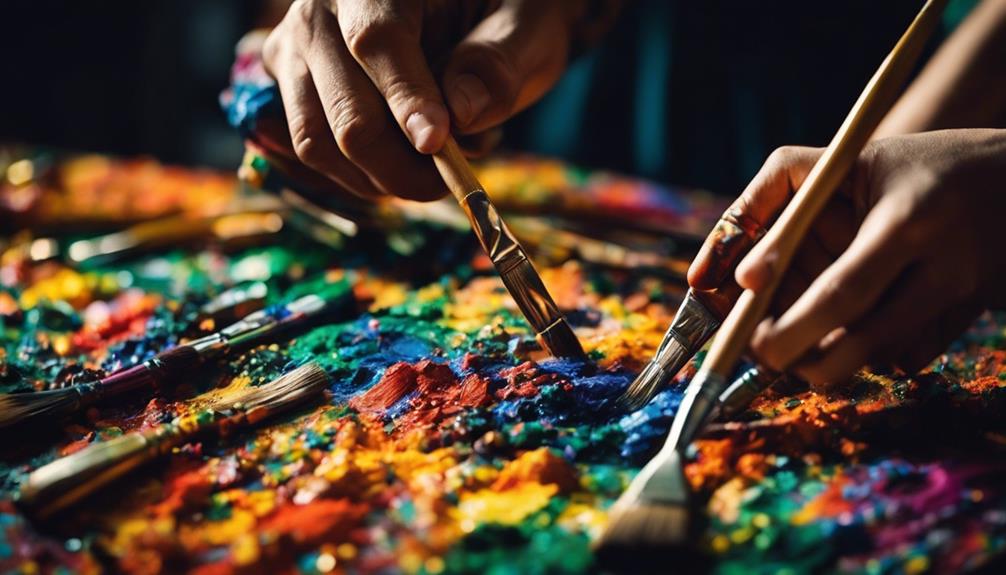
Promoting community collaboration in AI-generated art, primarily through the framework of Creative Commons, is critical to encouraging shared creativity. This boosts Innovation across the board. It helps build platforms that welcome everyone and ensures a diverse range of artistic works and ideas are easy for creators worldwide to find. Pushing for teamwork in art is a powerful way to get rid of old obstacles, making creating and sharing art more accessible to everyone.
This approach to collaboration in art is critical. It allows for a free flow of ideas and innovations, making sure everyone has a chance to contribute and learn. This kind of openness in the art community helps craft a more inclusive and dynamic environment. It’s all about ensuring that the doors to artistic expression and collaboration are open to as many people as possible, broadening the horizon for what’s possible in art.
Encouraging Shared Creations
Creative Commons licenses for AI-created artwork spark community collaboration, allowing artists to share and remix work freely. This method helps artists use AI technology responsibly, contributing to the public’s access to art. It makes art more accessible and invites everyone to join the creative process.
Open Sharing: This practice removes obstacles to creativity by encouraging artists to share their work openly.
Adaptable Licensing: Creative Commons provides various licensing options, making it easier for artists to decide how others can share and use their work.
Collaborative Innovation: This setup encourages artists to add to and alter existing AI-created art. It makes the art world more prosperous and more diverse.
Community Focus: It promotes a group effort in creativity, using a wide range of shared knowledge and AI-created artworks.
Creative Commons licensing is crucial because it allows for the legal sharing and modification of AI-created art, fostering a culture where creativity and Innovation thrive. This approach helps in keeping the digital art space vibrant and inclusive.
Enhancing Collective Innovation
Using Creative Commons licenses in digital art, especially with artificial intelligence, is like opening the doors to a playground where everyone can play, share, and build together. This method sparks a wave of shared creativity and learning, making the community stronger. It’s about letting artists use, modify, and share their work without worrying too much about legal issues, which fuels more creativity and teamwork.
This open approach helps artists improve their work and spark new ideas among their peers. It creates an environment where sharing is caring, and everyone benefits from it, pushing the growth of AI art forward. It’s like having an endless potluck of art; you bring something to the table and leave with more than you could have imagined. This culture of sharing and building together drives Innovation today, making the digital art scene more vibrant and inclusive.
Building Inclusive Platforms
In the world of AI-generated art, Creative Commons licenses are essential. They help in bringing together artists from different places. This is crucial for several reasons.
These platforms remove geographical barriers. This allows artists to connect and grow together online. It’s like a global art studio where feedback and support flow freely.
They also make it easier for artists to learn and try new things. Being exposed to various cultures and ideas can spark new creativity. It’s about mixing different art forms and perspectives to create something unique.
Networking opportunities are another benefit. Artists can meet others who share their interests or challenge them to think differently. This can lead to exciting collaborations and new artistic ventures.
Lastly, these platforms are about making art more democratic. They offer a space where everyone can improve and share their work regardless of skill level. It’s about creating a community that values all voices and encourages creative growth.
Encouraging Learning and Experimentation
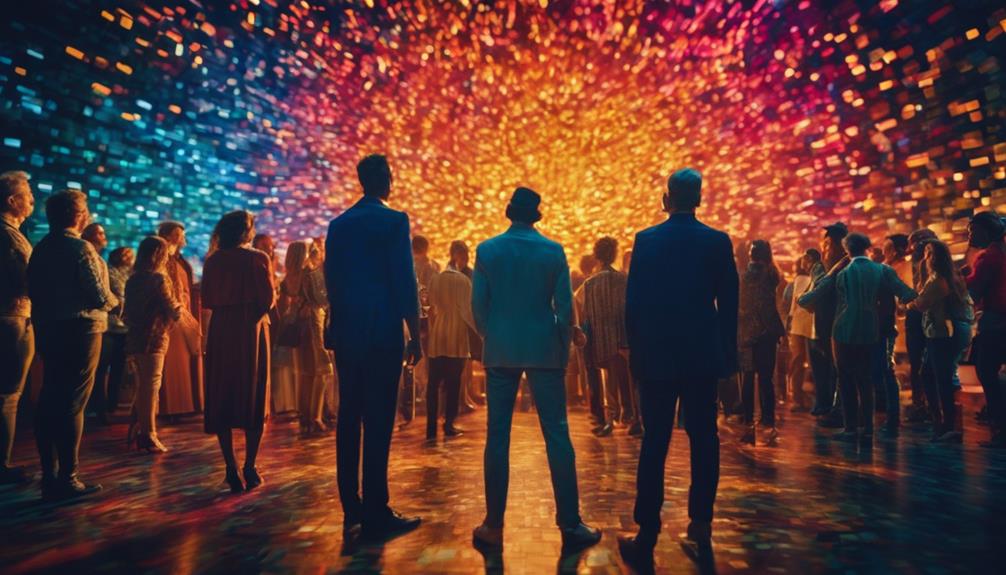
When AI-generated art is shared with a Creative Commons license, it opens doors for digital artists to learn and try new things. This approach makes cutting-edge tools and skills accessible to everyone, helping artists grow and develop their craft. Creative Commons licensing creates a supportive environment for creativity by breaking down the usual obstacles that block artists’ sharing of ideas and techniques.
The core of trying new artistic methods lies in experimenting without worrying about legal or financial issues. With AI-generated art, digital artists can expand their creative limits, leading to a community that values Innovation and ongoing improvement. The open nature of Creative Commons licensing means that artists can work together to discover new artistic styles and techniques. This enhances the knowledge and skills of the entire digital art community.
Additionally, having easy access to AI-generated art encourages artists to think outside the box and overcome creative hurdles. It allows for unrestricted experimentation, leading to unique art styles and forward movement in digital art. This process fosters a lively and inclusive creative culture.
Ensuring High-Quality Outputs
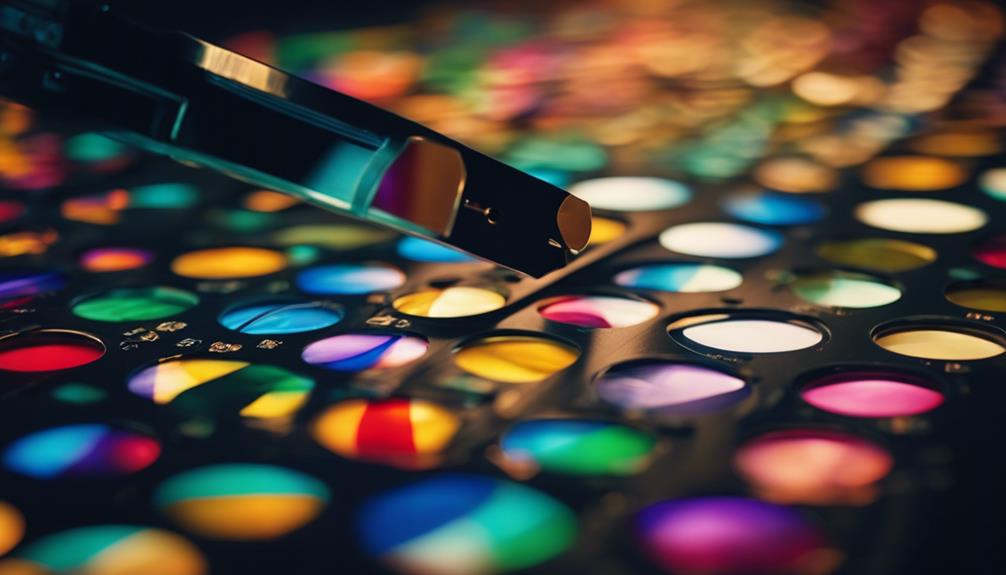
Access to Creative Commons-licensed AI-generated art opens up a world of creativity, making it easier for everyone to create art that’s beautiful to look at and meets the high standards required for professional use. This initiative is like a guiding hand for artists and creators, helping them navigate the intricate world of digital art creation. It focuses on producing art that’s not only eye-catching but also versatile enough for things like printing and sharing.
Here’s how Creative Commons-licensed AI-generated art ensures top-notch quality:
- Cutting-edge Technology: This art is made using the latest technology, which means every piece is stunning and up to the mark for professional use.
- Freedom to Create: Artists have a wide array of styles and themes at their fingertips, allowing them to create unique and high-quality art without feeling restricted.
- Clear Rights: Knowing precisely what you can do with your art regarding selling and showing it off comes from clear rules about ownership and understanding how you can use your work.
- Meeting Professional Needs: This initiative guarantees that all AI-generated art is up to the standard for professional use, making it suitable for various purposes.
This approach not only makes high-quality art more accessible but also supports artists in creating work that stands out and serves multiple purposes, from personal enjoyment to professional display.
Navigating Ethical Considerations
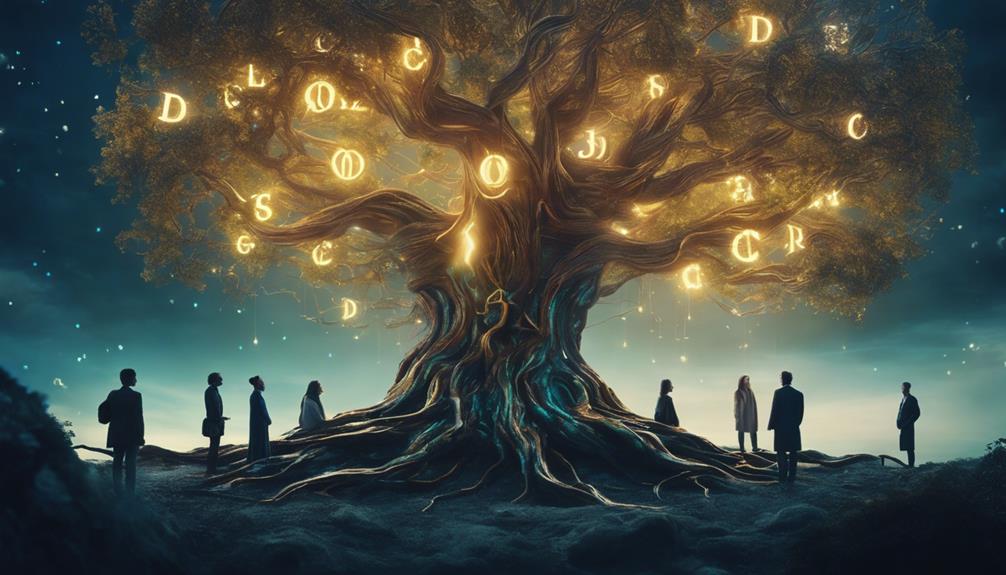
When it comes to Creative Commons-licensed AI-generated art, it’s not just about the incredible visuals. It’s really about understanding the ethical side of things. This involves knowing where the art comes from, its limits, and what biases might be in there—being ethical means being transparent about how the art was made, giving credit where it’s due, and using AI in a way that’s fair to everyone.
Ethical Principle | Implementation Strategy
—|—
Proper Attribution | Making sure the people who make AI art get the credit they deserve. This keeps everything fair and honest.
Transparency | Being upfront about how much the AI had to do with the art. This includes talking about what the AI can and can’t do.
Responsible Use | Sticking to Creative Commons rules that take care of the rights of the people who make the art and those who want to use it.
We are promoting Openness | Supporting the sharing of AI-made art to help the community work together and develop new ideas.
Protecting Artist Rights
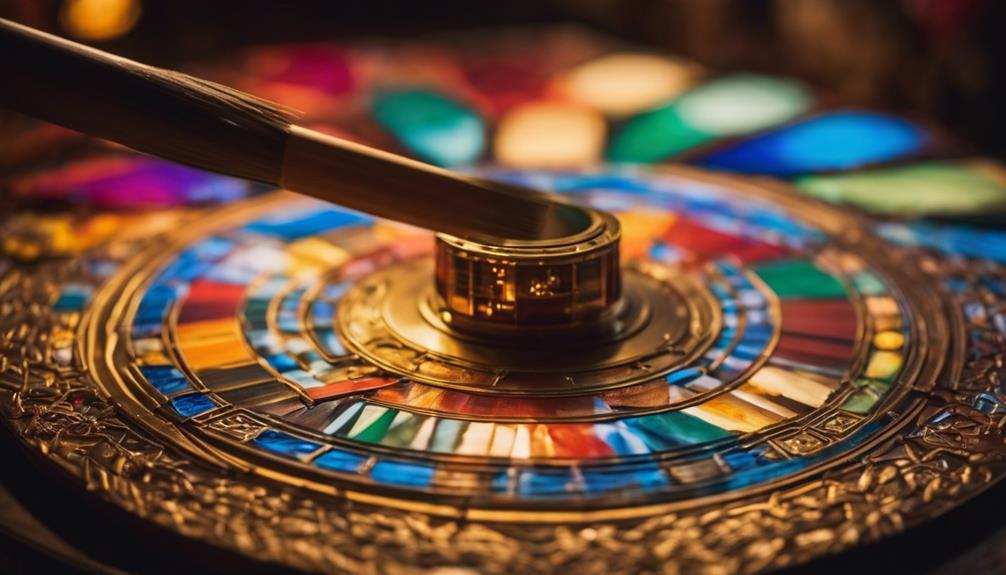
Creative Commons licenses play a crucial role in protecting the interests of artists in the realm of AI-generated art. These licenses help ensure that creators maintain control over their work while fostering an environment of Innovation and sharing. Here’s how they make a difference in the digital art world:
Artist Recognition is critical. Creative Commons licenses ensure that creators of AI-generated art are appropriately credited. This is especially important in a world where AI can quickly reproduce and modify original creations. Artists can set the terms for how others may use, share, or build upon their work, including when copyrighted materials are used as inputs for AI projects. This level of control helps artists maintain a connection to their work and receive recognition for their contributions.
Usage Control allows artists to dictate how their creations are utilized. By applying Creative Commons licenses, artists can specify the conditions under which their work can be used. This is crucial for protecting artists’ rights while encouraging others to explore and expand upon their work responsibly.
Creative Commons licenses also Encourage Innovation within the AI art community. They allow creators to outline specific conditions for building their work, promoting a culture of collaboration and creativity. This open approach helps push the boundaries of what can be achieved with AI in art, leading to new and exciting developments.
Lastly, these licenses play a vital role in Copyright Protection. They provide a practical framework that ensures AI-generated artworks comply with legal standards, especially when they incorporate copyrighted elements. This protects artists’ rights and promotes creative freedom by allowing for the lawful use and modification of existing works.
Frequently Asked Questions
What Is the Benefit of Ai-Generated Art?
- AI art saves time, making more room for creativity.
- It cuts costs, making art more accessible to everyone.
- Unique styles emerge, enriching the art world.
Should Ai-Generated Art Be Copyrightable?
- Legal analysis is crucial for copyright rules.
- Ownership debates test ethical and economic boundaries.
- Ethical considerations guide fairness in creativity.
Why Are Artists Against Ai-Generated Art?
- Artists fear AI threatens human creativity.
- Job loss worries plague the art community.
- Questions about true emotional resonance unsettle artists.
Why Do People Want AI Art?
- AI art offers fresh, limitless ideas.
- Saves money and time for creators.
- Customizable to fit personal or business needs.
